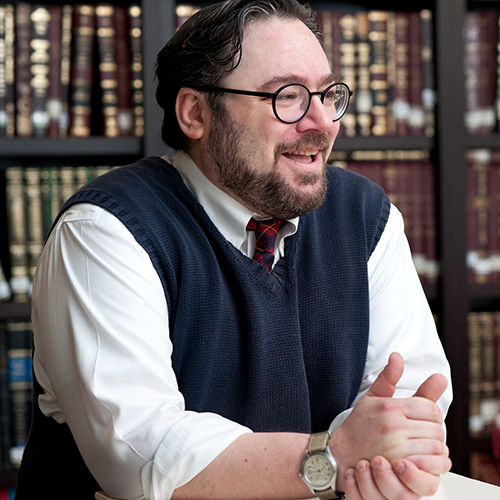Babylonian Talmud Shabbat 86b

Our Rabbis taught: “On the sixth of the month [of Sivan] the Ten Commandments were given to the Israelites. Rabbi Yose says, ‘on the seventh.’” Rava said, ” . . . Torah was given to Israel on Shabbat”
ת”ר בששי בחדש ניתנו עשרת הדברות לישראל רבי יוסי אומר בשבעה בו אמר רבא…בשבת ניתנה תורה לישראל
On Shavu’ot we recreate the revelation of Torah. Though we see in the Torah that revelation occurs over a long period, and in many places in the wanderings of the Israelites, nonetheless, the ultimate revelatory model in the Bible is the giving of Torah at Mount Sinai / Horeb in Exodus 20. It is this revelation we seek to commemorate on Shavu’ot. However, there are two unexpected things about this festival. It has no fixed date in the Torah—instead it is linked with the barley harvest; and second, the Torah never explicitly connects it with the Sinai event—though when we calculate the dates given in Exodus 19, the revelation at Sinai (or at least the surrounding events) must have coincided with the regular dates of the festival, early in the month of Sivan, at the time of the barley harvest.
This reading is an attempt to deal with both of these problems. First we see a dispute between the second-century Sage Rabbi Yose and the other Rabbis of his day about the date of the revelation. Exodus 19 states that the Israelites came to Sinai at the beginning of the third month (Sivan) and several days later the revelation occurred. The question is how many days later. Rabbi Yose reads the narrative differently than the other Rabbis of his day, who read the account as describing events over a six-day period. He sees a seven-day period. The importance of the number seven is obvious: it harkens back to Creation, and forward to the week-long dedication of the mishkan, the Israelite desert sanctuary. How can the other Rabbis ignore this important symbolism by calculating a result that differs by a single day? Rava, a fourth-century Sage, steps in to tell us that both sides of this dispute understood that the Torah was given on Shabbat.
Though each side may dispute the date of the actual day of the original revelation (and therefore the day of the month on which Shavu’ot should fall), both sides recognize that on each Shabbat, we reenact the revelation at Sinai when we read from the Torah. Perhaps this is why the Torah does not explicitly connect Shavu’ot with the giving of the Torah: each Shabbat is also a commemoration of the revelation of Torah.
Questions:
- How can we use Shabbat to receive Torah in our own lives?
- How can Shavu’ot be a motivator to increase the intensity of our Shabbat practice and our study of Torah?



